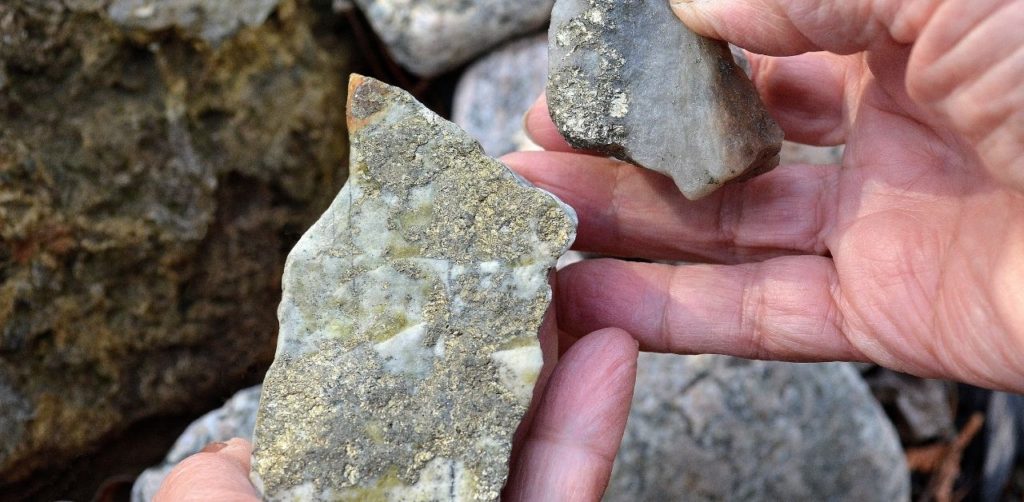How is gold found?
Where to find gold
Gold is discovered in several ways. It is often found in quartz veins or lodes, but is so finely disseminated in the rock that it is often not visible. One of the most common ways of extracting such natural gold from mineral ores is by mechanical mining. After extraction from the ground, gold-containing ore is processed to remove all the impurities; then it is further separated from other metals using chemical processes, such as the amalgamation process-the process in which valuable metals are extracted from ore. When pure gold has been fully extracted, it is then made into ingots.

Probably the most dramatic type of gold discovery comes when one uncovers a gold nugget, although less than two percent of the world’s gold comes in nugget form.
Gold is also found as dust, grains, or flakes. A popular way the public collects goldshort of buying it from gold dealers-is to pan for gold dust, grains, or flakes found in alluvial placer deposits (small pieces of gold that are eroded from rocks in higher regions and work their way into rivers). The idea behind panning is that gold is much heavier than most other minerals. Therefore, shaking a pan with water and sediment in it often leads to the discovery of gold flakes at the pan’s bottom. This is an enjoyable pastime for many people visiting areas in which gold is found in river sediments, such as in North Carolina or California.
Finally, gold can be found in large amounts in seawater. But because it is so difficult to extract, recovering it in this manner is more expensive than it’s worth. Gold also occurs in compounds, notably telluride minerals. But again, the extraction cost is prohibitive.
